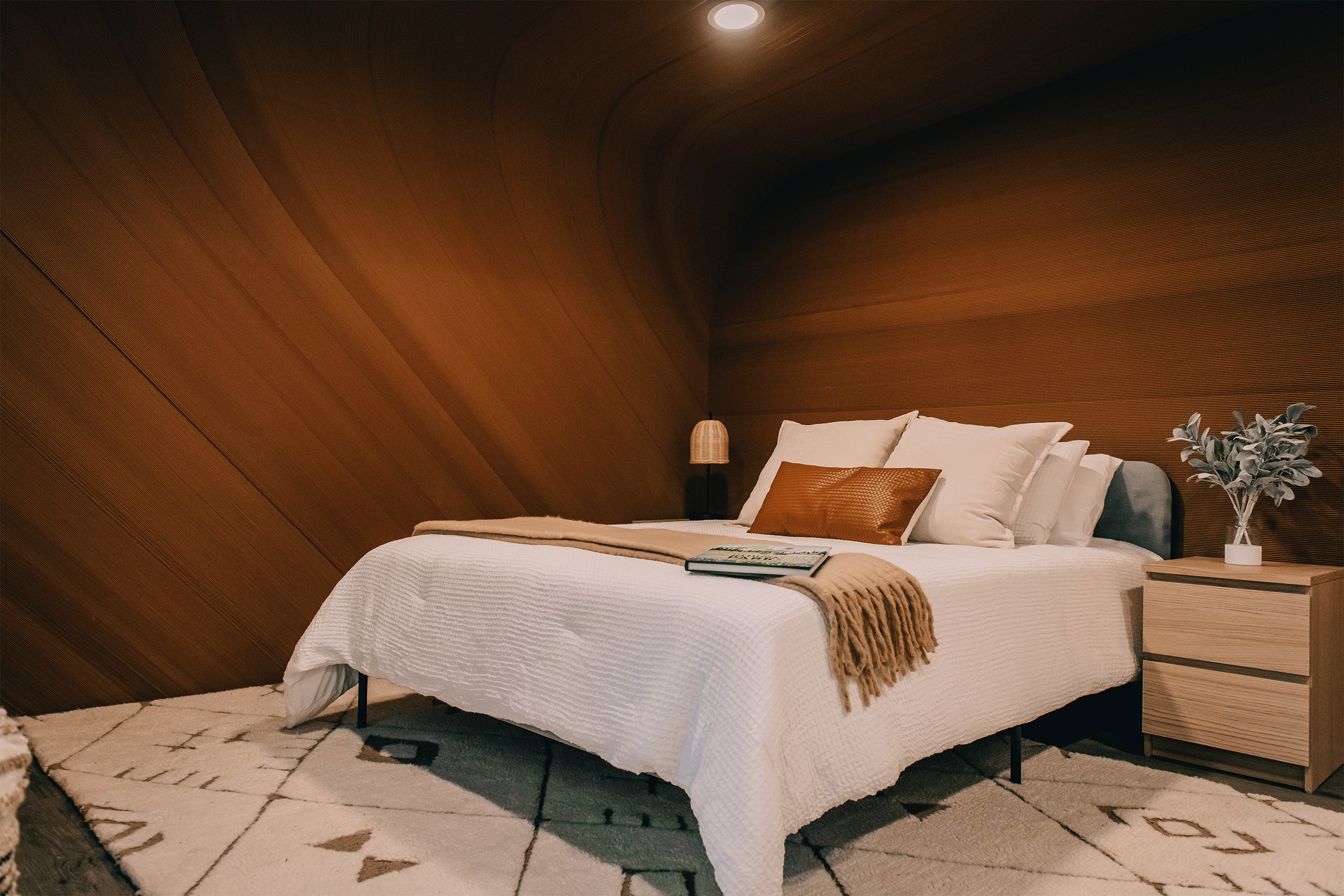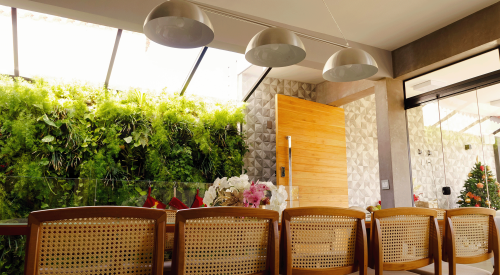3D-printed housing is often associated with wavy concrete walls and a yet-to-be-seen affordable price point. What if we could print homes that aren’t just affordable, but sustainable, too? Enter: the world’s first 100% bio-based 3D-printed home.
The University of Maine’s Advanced Structures & Composites Center (ASCC) unveiled a first-of-its-kind bio-based home, utilizing prefabrication and 3D printing techniques. Through its modular methods and a partnership with Oak Ridge National Laboratory, ASCC was able to print pieces of the structure with local wood fiber and bio-resin materials.
Unlike the concrete 3D-printed homes that we see today, BioHome3D had its walls, floors, and roof all printed—each being 100% additively manufactured off-site. The house itself sits at 600 square feet, insulated with wood fiber and blown-in cellulose insulation. The lab is also working on developing new types of wood fiber insulation, though it's still an emerging technology.
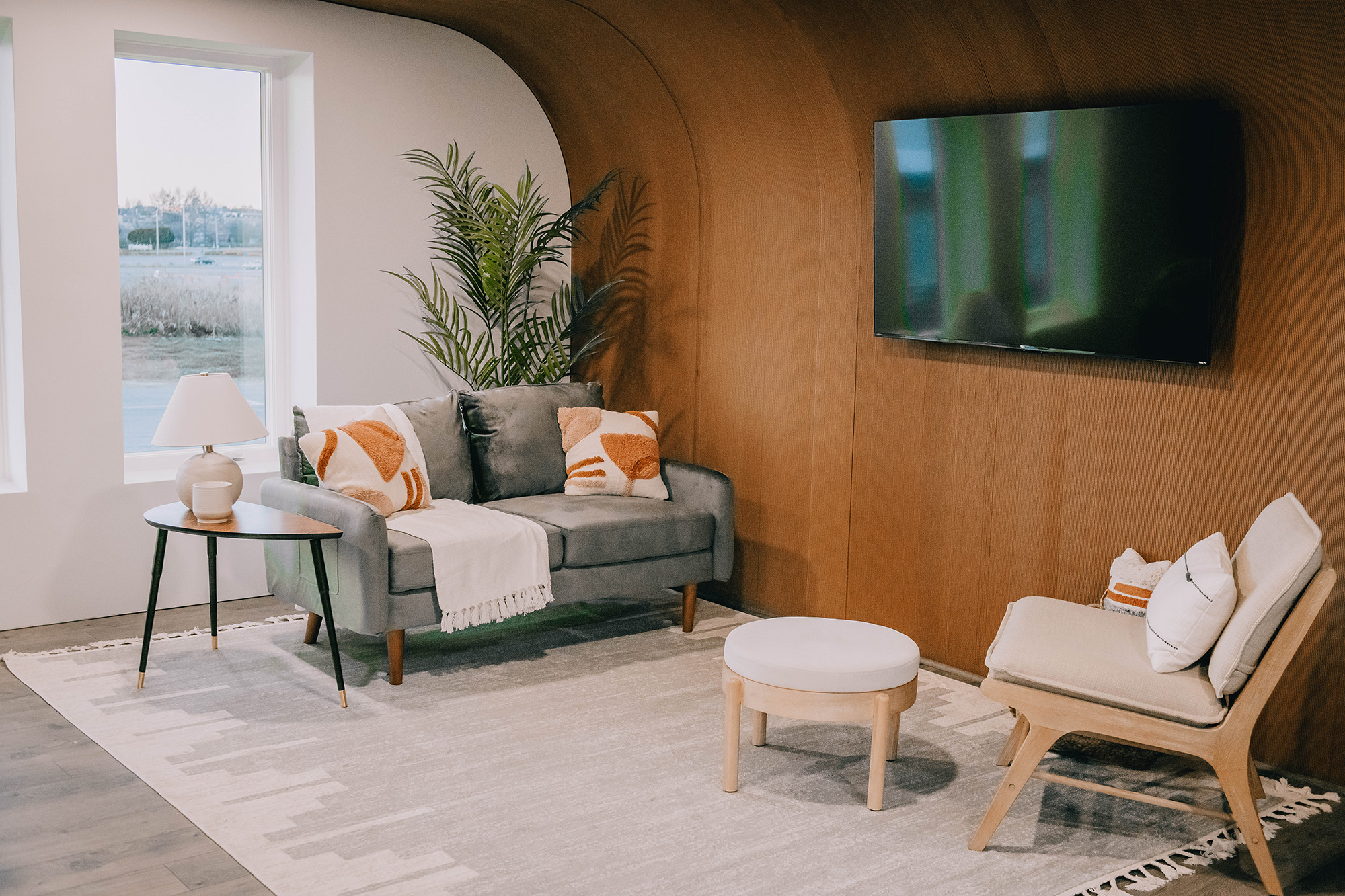
And though the structure is completely 3D-printed, that doesn’t mean it leaves out traditional design elements altogether. The home includes several accent drywalls and custom flooring to showcase the additional possibilities—not limitations—of bio-based printing.
The BioHome3D is a significant step toward building affordable housing despite supply chain issues and labor shortages—all while maintaining a sustainability focus. But why choose wood, rather than rice fibers or cork granules, for instance?
3D PRINTING HOMES USING SUSTAINABLE MATERIALS
According to Evan Gilman, chief operating engineer, additive manufacturing, UMaine Advanced Structures and Composites Center, timber is an abundant resource in Maine. But there’s a better reason than simply having a large supply on-hand.
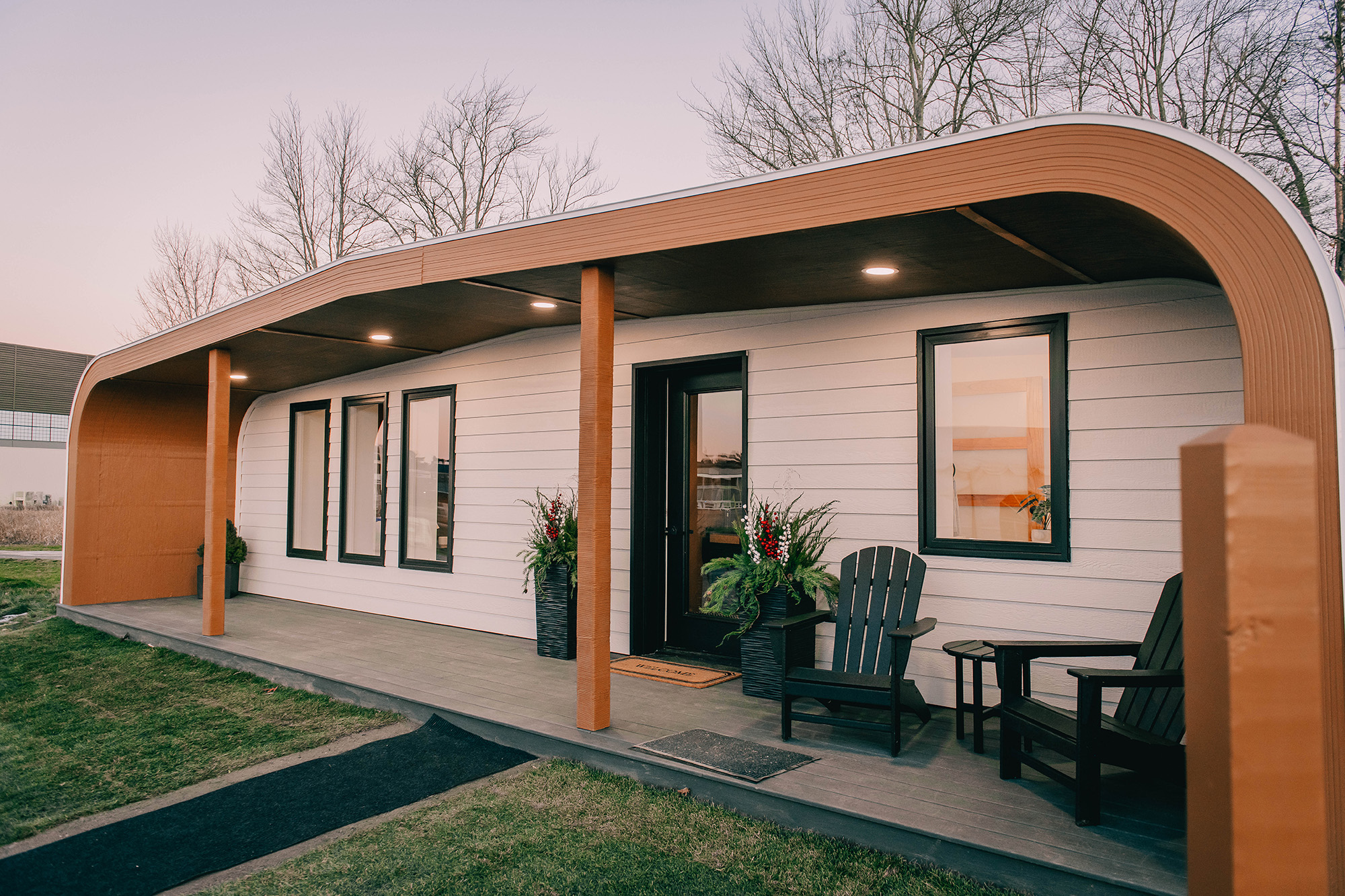
“Wood residuals are good for carbon capture,” says Gilman. And in developing this new 3D printing material, he hopes to answer the question: “How much wood could we possibly add?”
UMaine and Oak Ridge National Laboratory’s Hub & Spoke Program has more than just housing in mind, however. By utilizing the world’s largest polymer 3D printer at the ASCC, the partners are beginning several projects to solve problems in other industries. As Gilman previously comes from the ship building industry as a mechanical engineer, perhaps we could see more 3D-printed boats in the future? (Though that’s just my speculative intrigue).
For now, the facility at UMaine is expanding to continue developing its research. Gilman sees the addition to the lab aiding in printing bio-based homes at scale—testing its viability before industry adoption.
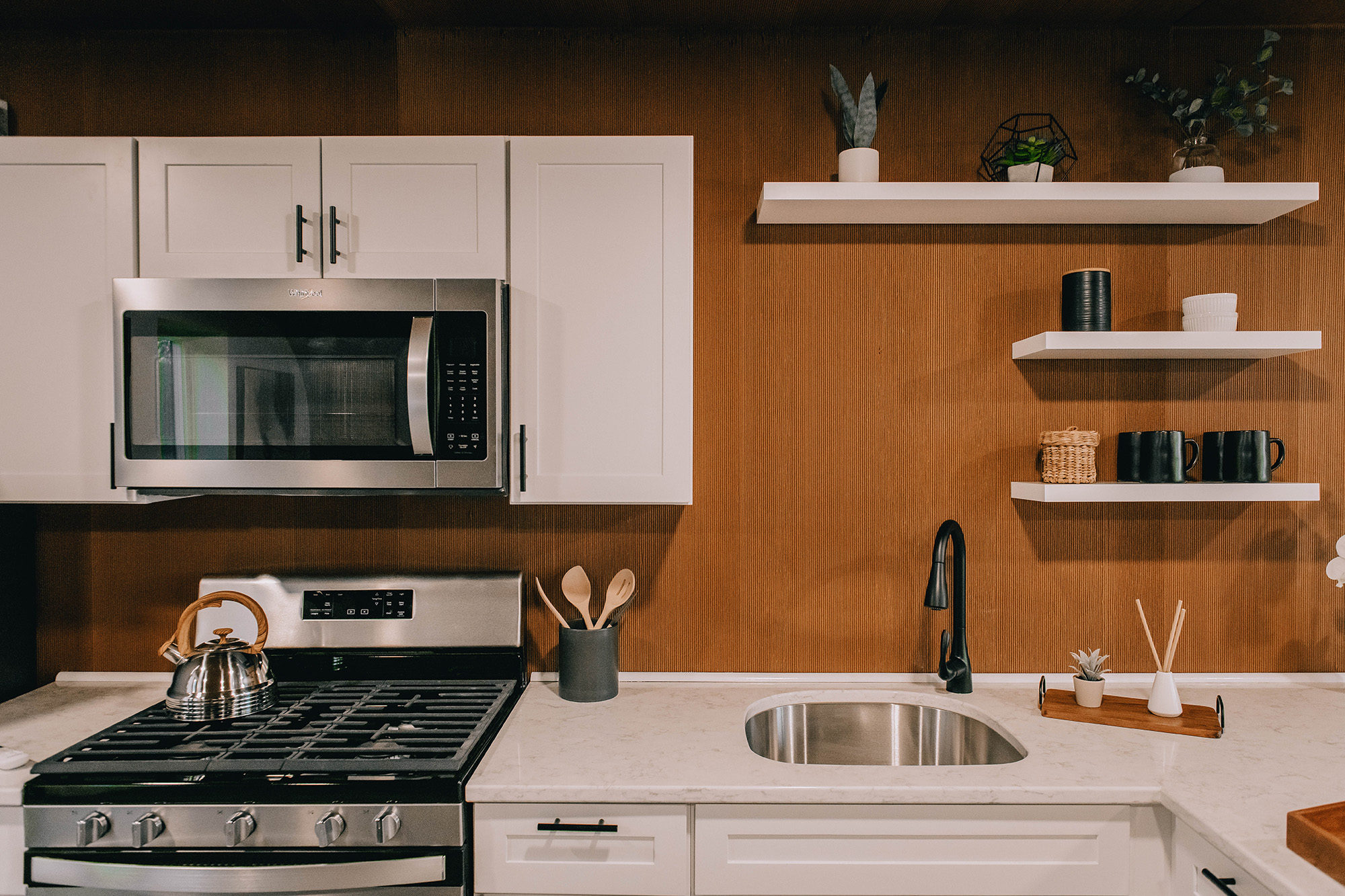
The prototype is currently sited on a foundation outside ASCC, equipped with sensors for thermal, environmental, and structural monitoring to test how BioHome3D performs through a Maine winter. Researchers expect to use the data collected to improve future designs.
For more on 3D-printed homes and biophilic design, read it here on Utopia.


